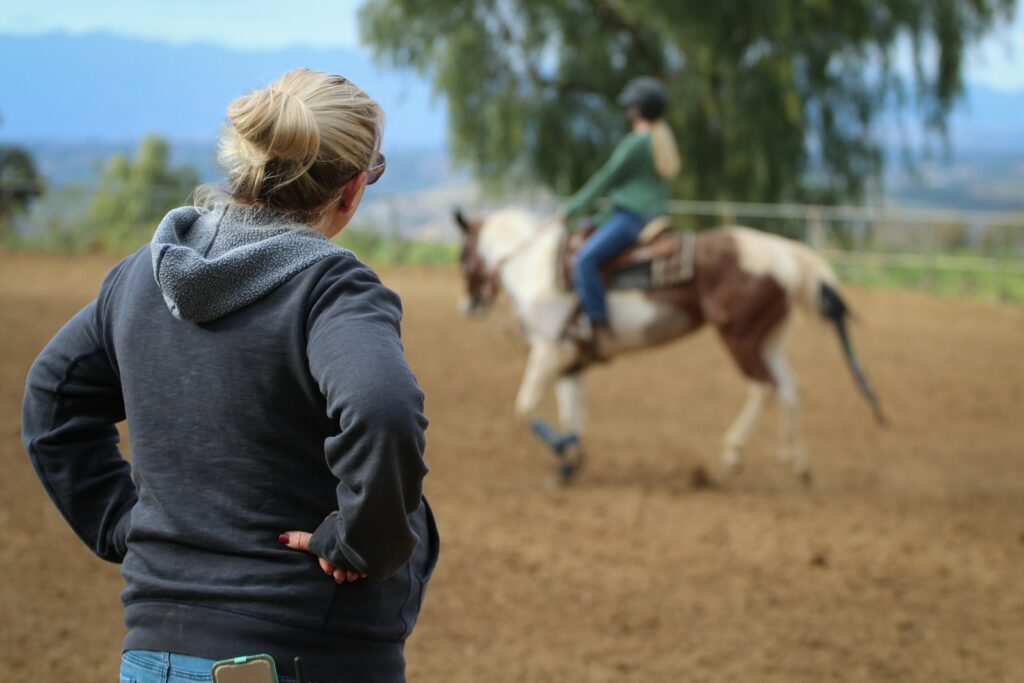Mastering lead changes is an essential skill for both horse and rider, elevating ordinary riding into a harmonious dance of athleticism and precision. When a horse picks up the correct lead, particularly in canter work, the result is a balanced, comfortable movement that enhances performance across disciplines. Whether you’re preparing for dressage tests, western pleasure competitions, or simply want a more balanced mount, teaching your horse to consistently pick up the correct lead is foundational to advanced training. This article explores effective exercises that develop your horse’s understanding, strength, and responsiveness to lead cues, from foundational groundwork to sophisticated riding techniques.
Understanding Leads and Why They Matter
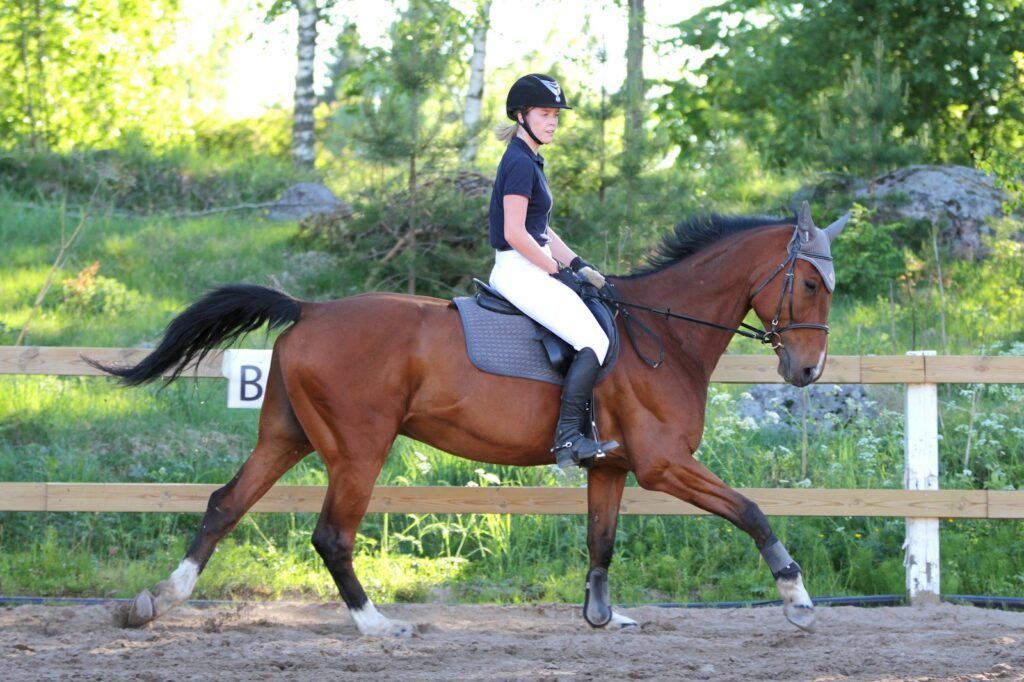
A lead refers to which front leg reaches further forward during a canter or lope, with the corresponding hind leg also stepping further underneath the horse. When cantering on a circle or turning, the horse should be on the inside lead to maintain proper balance – right lead for right turns and left lead for left turns. Incorrect leads put biomechanical stress on a horse’s body, potentially leading to uneven muscle development and increased risk of injury over time. Furthermore, proper leads create a more comfortable, balanced ride for both horse and rider, allowing for smoother transitions and more efficient movement. In competition settings across disciplines from dressage to reining, picking up and maintaining the correct lead is not just preferred but required for successful performance.
Assessing Your Horse’s Natural Tendencies
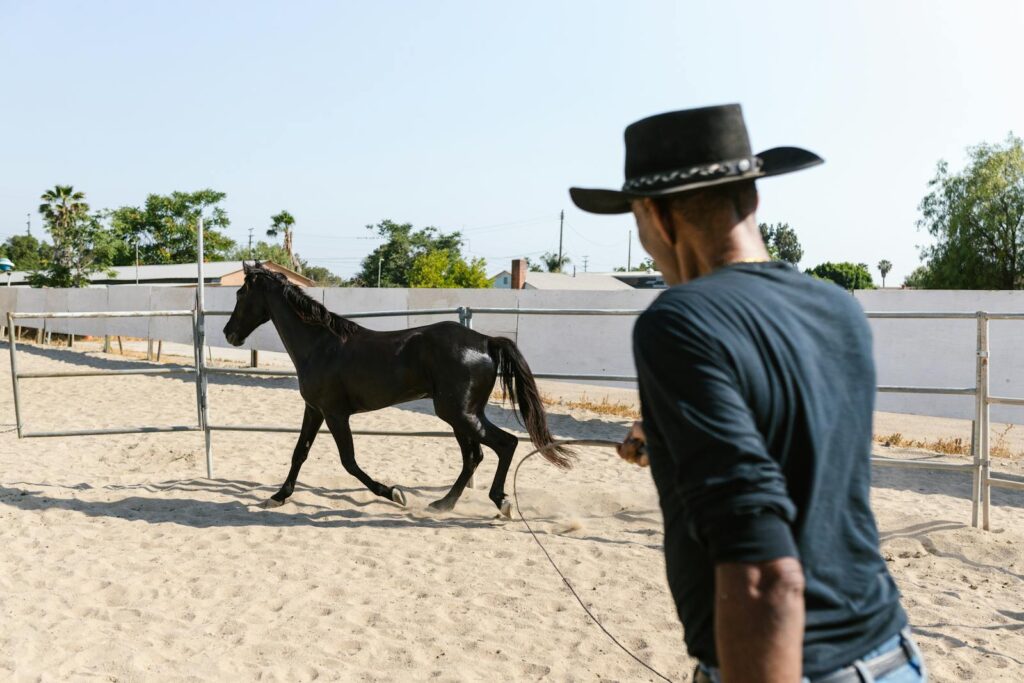
Before implementing specific exercises, take time to determine whether your horse has a naturally stronger or preferred lead. Like humans, many horses have a dominant side and find it easier to pick up one lead over the other. Observe your horse during turnout, noting which lead they naturally choose when transitioning into a canter during play. During riding sessions, track how consistently your horse picks up each lead when asked and how balanced they feel on each side. Watch for patterns of resistance or confusion when requesting specific leads. Understanding these tendencies will allow you to tailor your training approach, focusing extra attention on strengthening the weaker lead while maintaining proficiency on the stronger one.
Building Essential Groundwork Foundations
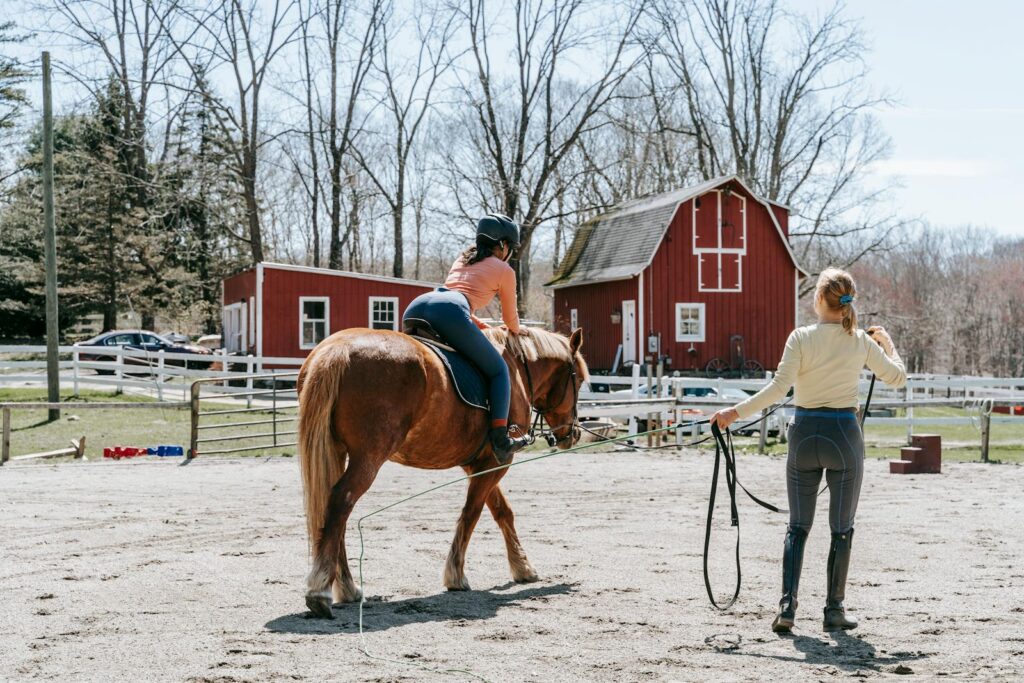
Effective lead training begins on the ground, laying the foundation for later mounted work. Lunging provides an excellent opportunity to develop your horse’s understanding of leads without the complexity of carrying a rider. When lunging, use clear voice commands that will later translate to your riding cues, such as saying “right lead” or “left lead” before requesting the transition. Encourage proper bend by positioning yourself slightly behind your horse’s shoulder and using your body language to shape their movement. Groundwork exercises should also include transitions between gaits, developing your horse’s responsiveness and balance. Remember that quality is more important than quantity; short, focused sessions with correct movement build better habits than prolonged work where form deteriorates.
The Role of Proper Bending Exercises
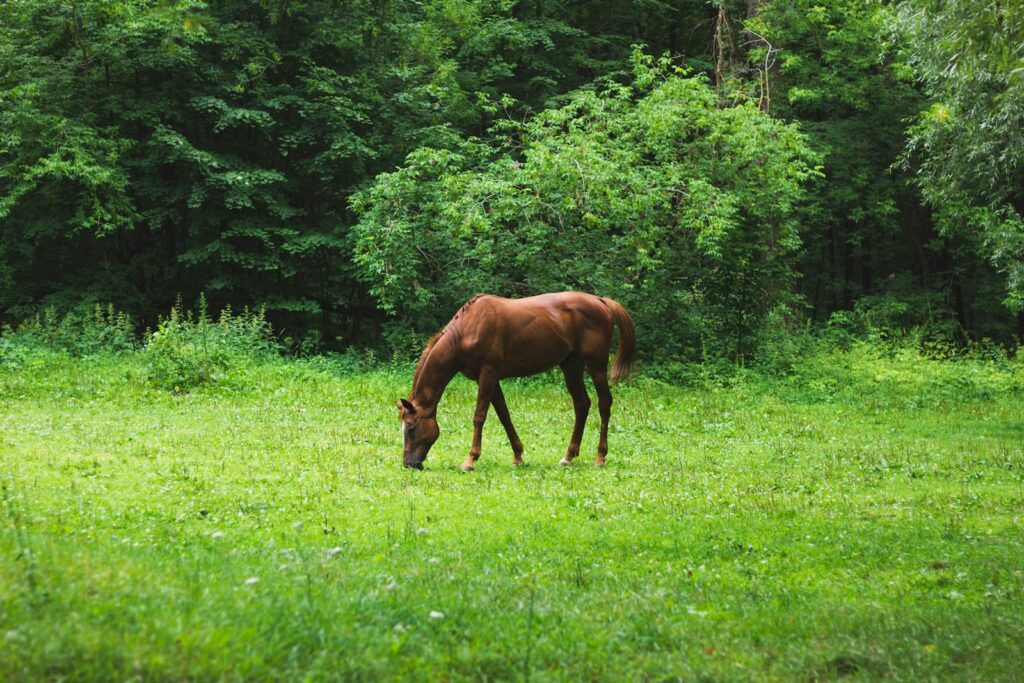
Correct bending is fundamental to lead success because a properly bent horse naturally picks up the lead corresponding to the direction of the bend. Begin with large circles and spirals at the walk and trot, focusing on having your horse bend evenly through their entire body, not just the neck. Teach your horse to yield to inside leg pressure while maintaining forward momentum, creating the proper body position for lead departures. Serpentines and figure eights at the trot develop suppleness and prepare your horse for the quick rebalancing needed in lead changes. When practicing bends, ensure your horse’s inside hind leg is stepping well underneath their body, engaging the hindquarters which power the canter depart. Regular bending exercises increase flexibility in your horse’s spine and rib cage, making it physically easier for them to organize their body for correct lead departures.
Developing Straightness and Balance
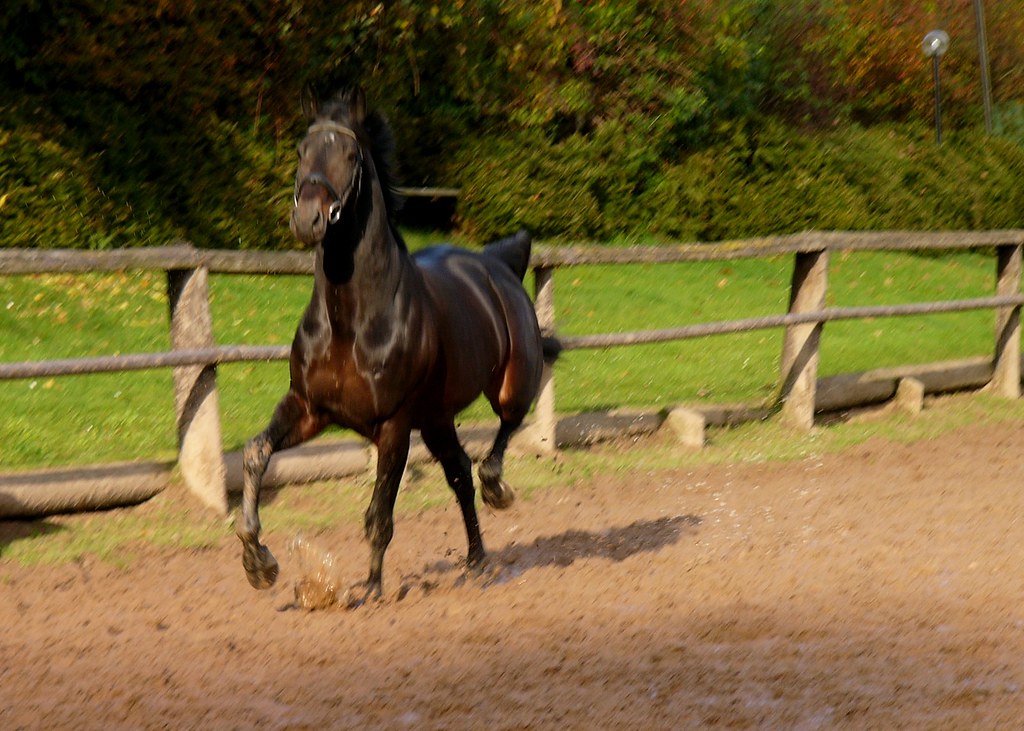
While it may seem counterintuitive, straightness training is essential for correct lead departures because a crooked horse cannot properly organize their body for balanced movement. Work on straightness by riding accurate straight lines where you can feel all four of your horse’s feet tracking evenly. Incorporate shoulder-fore and shoulder-in exercises to develop your horse’s awareness of their body position and improve their response to your leg aids. Balance exercises such as transitions between and within gaits strengthen the hindquarters and core muscles needed for proper lead departures. A horse that maintains self-carriage and balance is far better equipped to respond accurately to lead cues. Remember, in riding, straightness doesn’t mean rigidity—it refers to the correct alignment of the horse’s body relative to the direction of travel.
The Wall Exercise for Clear Lead Cues
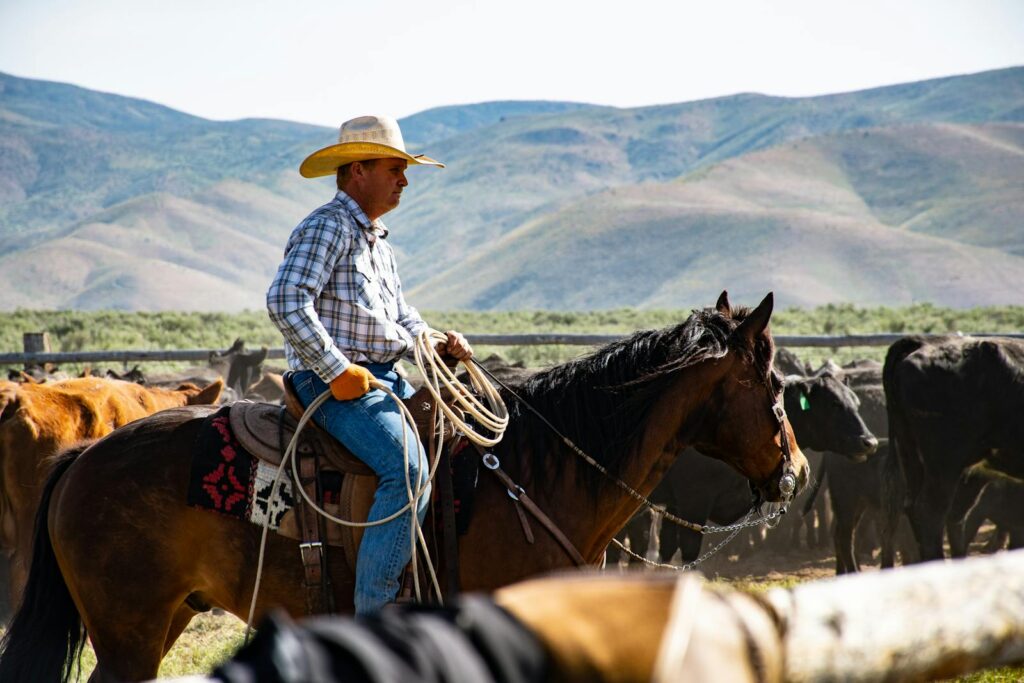
The wall or fence-line exercise offers a clear, physical guide for teaching correct leads. Position your horse on a track about three feet away from and parallel to a fence or arena wall. When asking for the lead that corresponds to the wall side (for example, the right lead when the wall is on your right), the barrier naturally encourages your horse to shift their hindquarters slightly inward—creating an ideal setup for the correct departure. Use clear, coordinated aids: the outside leg slightly behind the girth, the inside leg at the girth, a subtle lift of the inside rein to cue the lead, and the outside rein to maintain straightness. The wall prevents outward drifting, making the correct lead response clearer for both horse and rider. This exercise is particularly effective for horses that struggle with picking up their non-dominant lead, as it adds environmental support to the rider’s aid.
Circle-to-Straight Line Transitions
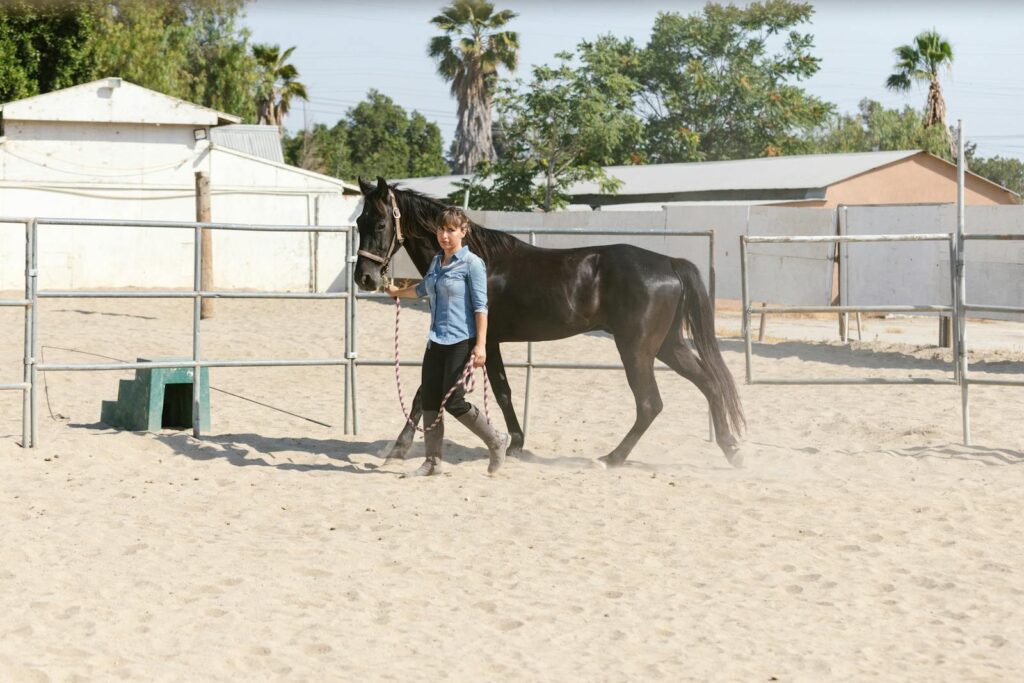
Circle-to-straight line transitions naturally set up correct lead departures by positioning the horse’s body through centrifugal force. Start by trotting a 15–20 meter circle, establishing a clear bend in the direction of the desired lead. As you reach the tangent point where the circle meets the straight line, ask for the canter transition while maintaining the bend from the circle. The momentum and positioning help encourage the correct lead. Once in the canter, ride straight ahead, focusing on maintaining rhythm and straightness. This exercise reinforces the relationship between body position and lead selection, helping your horse build muscle memory for accurate departures. For horses that tend to rush transitions, use half-halts to maintain a steady trot rhythm and balance before the canter cue.
The Diagonal Line Approach
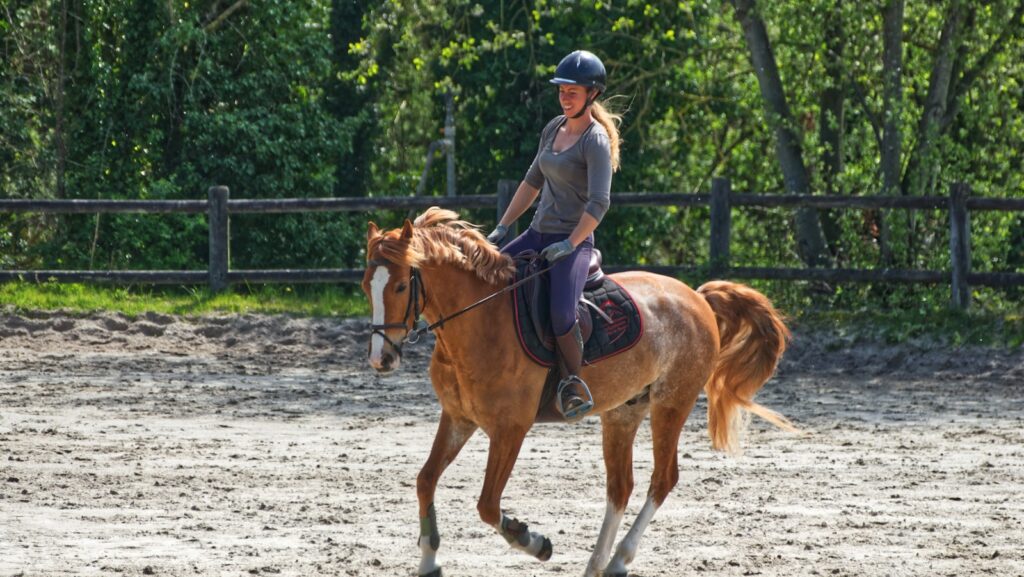
The diagonal line approach cleverly uses arena geometry to set your horse up for lead success. Begin by trotting down the long side of your arena, then make a diagonal line toward the opposite corner. When you’re approximately halfway across the diagonal, ask for the canter lead that corresponds to the direction you’ll be turning when you reach the rail. For example, if you’ll be turning left at the end of your diagonal, ask for the left lead. The slight angle of your horse’s body on the diagonal naturally positions their hindquarters for the correct lead departure. This exercise is particularly effective because it combines straightness with a slight preparatory positioning, making it easier for horses to organize their bodies correctly. The diagonal approach can be modified for different skill levels by adjusting how abruptly or gradually you make the turn after the canter transition.
Transitions Within the Gait
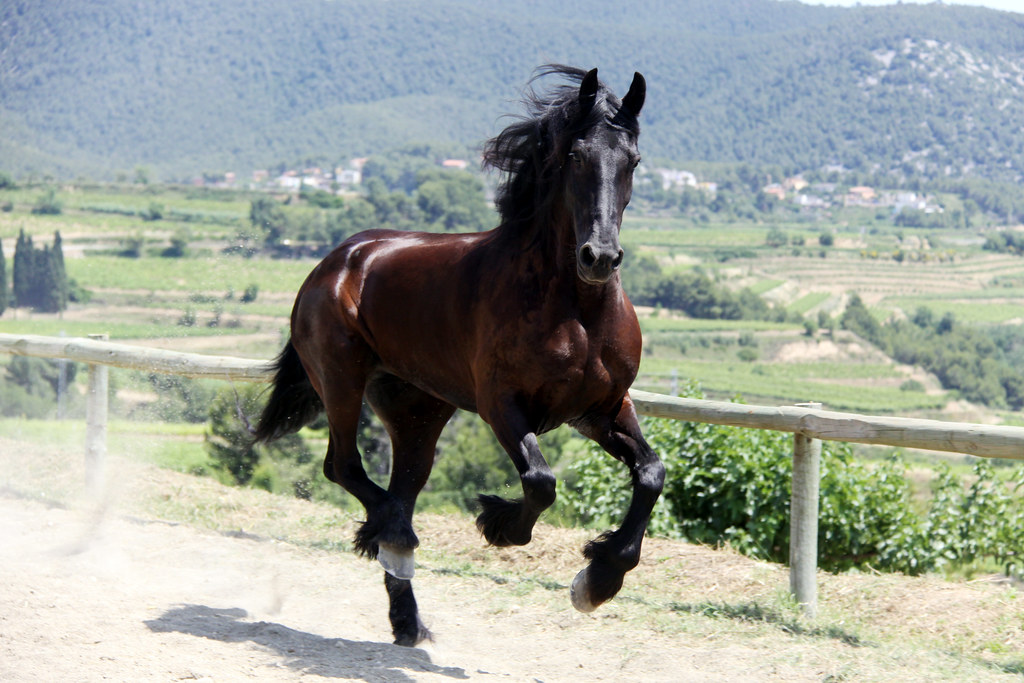
Developing adjustability within the canter strengthens your horse’s balance and responsiveness, making lead departures more reliable. Practice extending and collecting the canter on a single lead, focusing on maintaining rhythm while changing stride length. These adjustments build the strength and coordination needed for clean lead departures and changes. Work on canter-walk-canter transitions, which require your horse to rebalance quickly and respond promptly to your aids. For more advanced horses, practice counter-canter work (maintaining the outside lead on corners and circles), which builds tremendous balance and clarity about lead selection. Throughout these exercises, maintain consistent contact and clear leg positioning to help your horse understand exactly what you’re asking. As these skills develop, horses gain more confidence in organizing their bodies for successful lead departures.
Using Ground Poles to Influence Leads
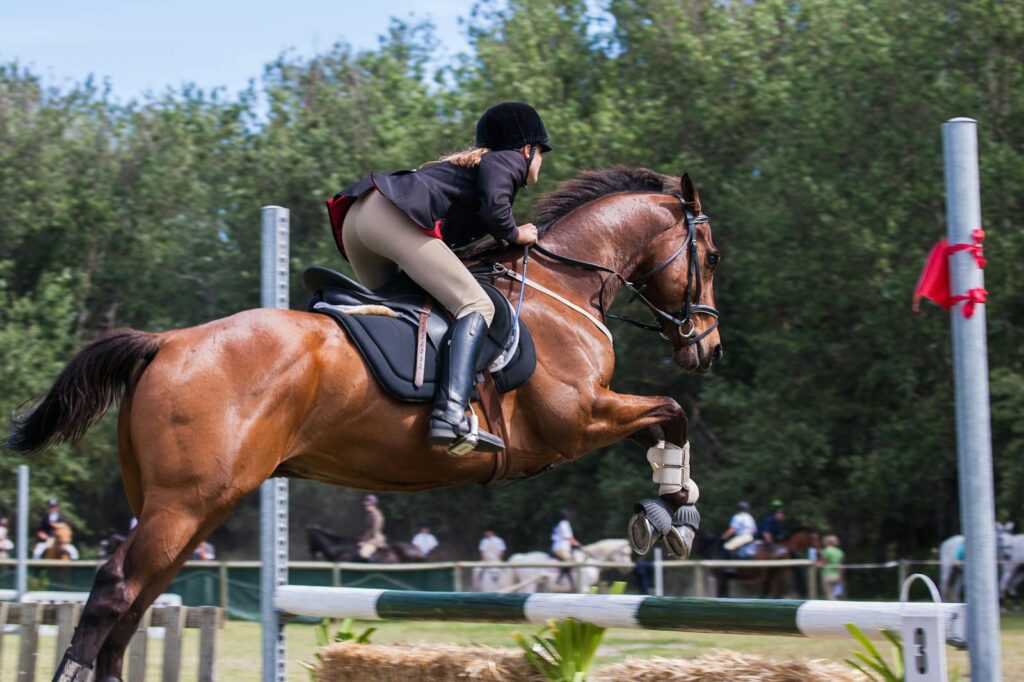
Ground poles provide visual and physical cues that help horses organize their bodies for correct lead departures. Set up a single pole on a curve or at the corner of your arena where you plan to ask for a specific lead. Approach the pole at a working trot, aiming to have your horse step over it with their inside foreleg, then immediately ask for the canter lead that matches that side. The pole naturally encourages the horse to shift their weight and positioning in a way that facilitates the correct lead departure. For more advanced training, create a fan of poles with narrow spacing on one end and wider spacing on the other, which guides the horse to shift their shoulders appropriately when transitioning to canter. Ground pole exercises have the added benefit of keeping your horse’s attention focused forward, preventing anticipation and improving mental engagement during lead work.
Troubleshooting Common Lead Problems
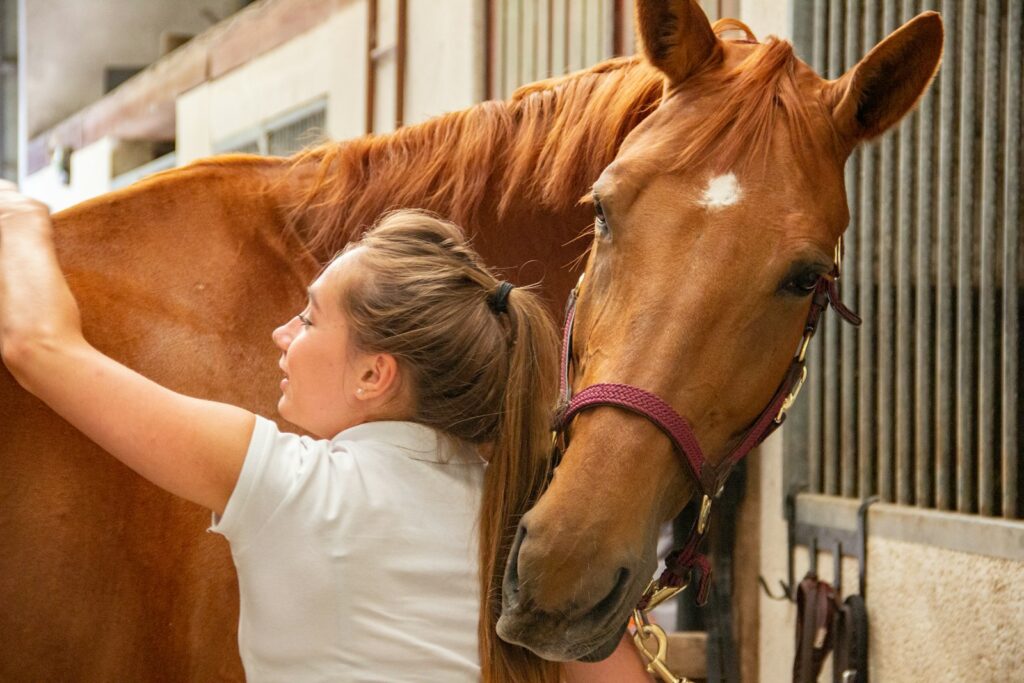
When a horse consistently picks up incorrect leads, systematic troubleshooting is necessary to resolve the issue. Physical discomfort is a primary concern – have your veterinarian and equine bodyworker check for back pain, hock issues, or other physical limitations that might make correct leads uncomfortable or difficult. Rider imbalance or unclear aids often contribute to lead confusion; record your rides or work with a qualified instructor to assess if your position or timing needs adjustment. For horses that rush transitions and become unbalanced, insert transitions to walk before requesting the canter again, reinforcing patience and balance. If your horse consistently offers the wrong lead on a particular side, spend additional time on bending exercises and groundwork for that direction. Remember that lead problems typically develop over time and require consistent, patient retraining rather than quick fixes.
Building Lead Changes from Simple to Flying
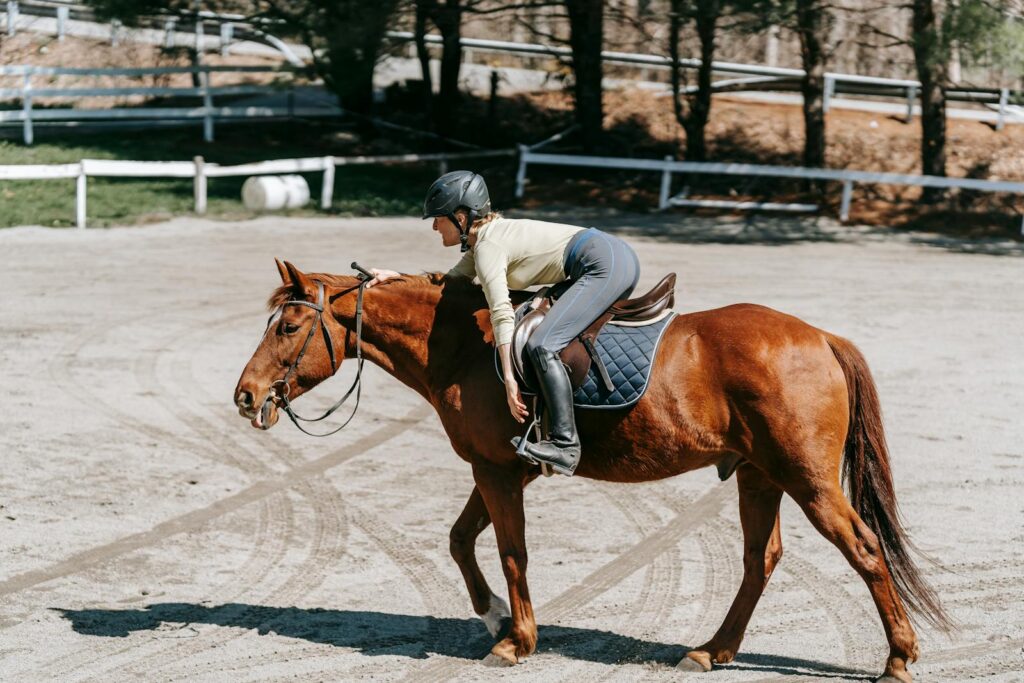
Once your horse reliably picks up correct leads, you can begin introducing lead changes, starting with simple changes (canter-walk-canter) before advancing to flying changes. For simple changes, canter a 20-meter circle on one lead, transition to walk at a specific point (marking with cones can help), then ask for the opposite lead after a few walk steps. Focus on keeping your horse straight during the walk steps, as leaning or drifting makes the new lead departure more difficult. As your horse masters simple changes with fewer walk steps, begin introducing flying change cues by applying the new outside leg slightly behind the girth while maintaining straightness through your reins and body position. Flying changes require significant balance and understanding from both horse and rider. Most horses need several months of consistent work on simple changes before successfully performing flying changes. Throughout this progression, maintain the quality of the canter on each lead rather than rushing to advance to more complex exercises.
Maintaining Lead Success Through Progressive Training
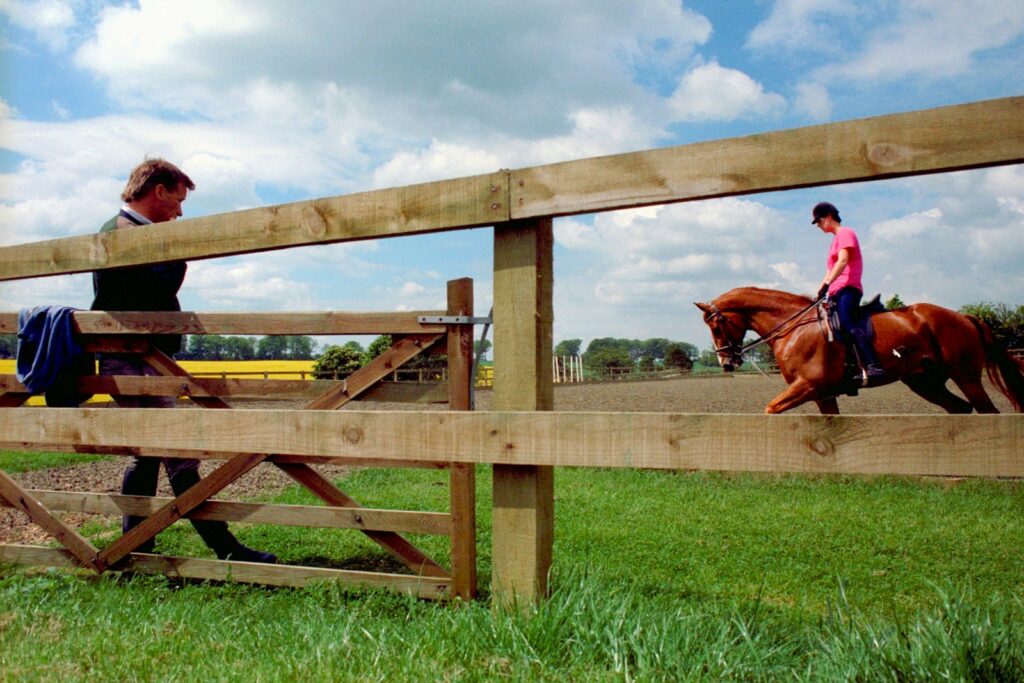
Consistent lead success requires ongoing maintenance and progressive challenges as your horse develops. Incorporate lead work into your regular training sessions rather than drilling it occasionally, as this helps maintain your horse’s understanding and physical preparation. Gradually increase the difficulty by requesting leads in more challenging contexts – such as slight downhill work, from a halt for advanced horses, or in confined spaces. Maintain variety in your training approach by rotating through different lead exercises rather than repeating the same patterns, which helps prevent anticipation and boredom. Keep training sessions positive by setting reasonable goals and finishing each lead work session with something your horse can confidently achieve. Remember that even well-trained horses can have occasional “off” days with leads; respond by simplifying your requests and rebuilding confidence rather than increasing pressure.
Lead work represents one of the most fundamental aspects of creating a balanced, responsive equine partner. Through systematic, progressive training that addresses both the physical and mental aspects of lead departures, riders can develop horses that confidently and consistently pick up correct leads. The journey from basic lead understanding to advanced changes requires patience and consistency, but the resulting improvement in your horse’s balance, coordination, and responsiveness enhances performance across all riding disciplines. By incorporating these targeted exercises into your regular training program, you’ll not only develop better lead departures but also a more supple, attentive equine partner capable of higher levels of collection and self-carriage. Remember that the goal extends beyond simply achieving the correct lead – it’s about developing a horse that understands how to organize their body effectively for balanced, harmonious movement.

